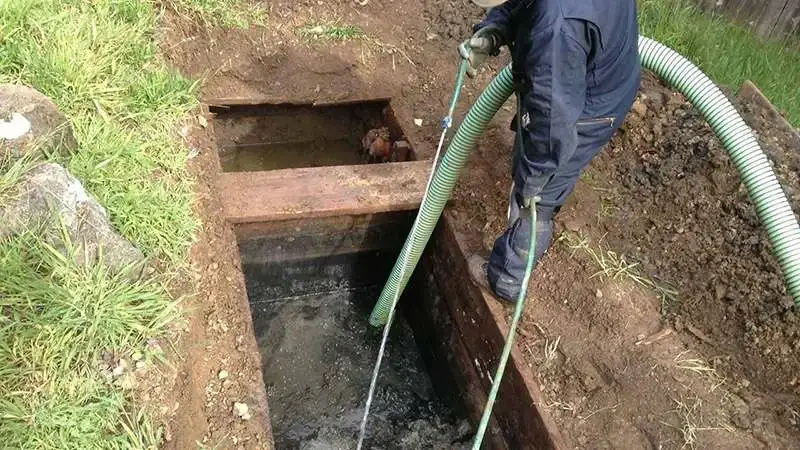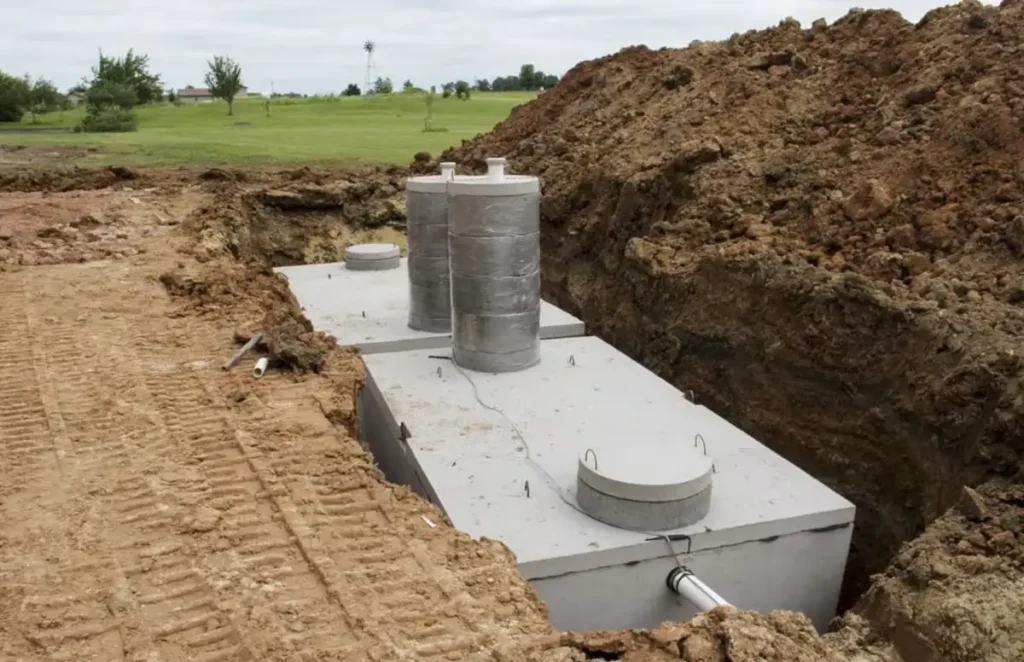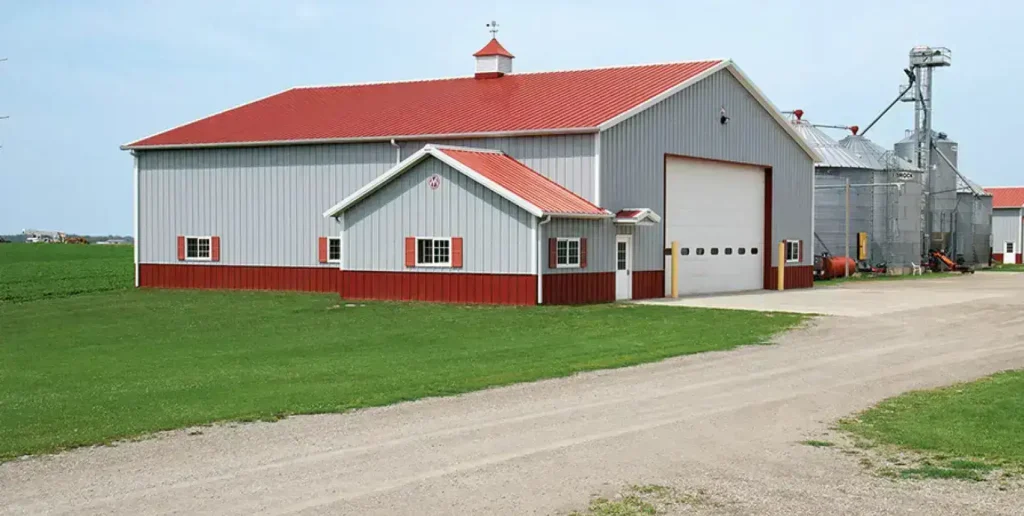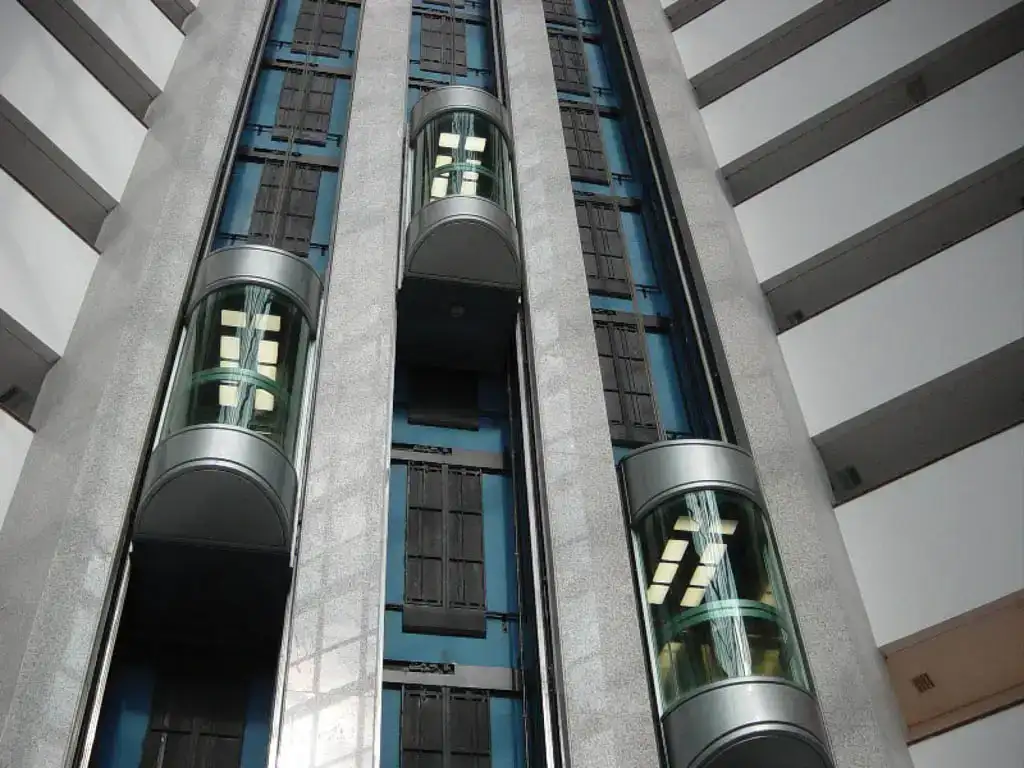A septic system is essential to managing wastewater for homes in rural or suburban areas without access to centralized sewage systems. It ensures that wastewater from daily activities like bathing, cooking, and using the toilet is safely processed and reintroduced into the environment. Let’s look at how septic systems work and explore the different types of septic tanks to help you choose the right one for your needs.
What Is a Septic System?

Homeowners can use underground wastewater treatment systems in areas without centralized sewer systems, which function as septic systems. The septic system processes wastewater that goes toward human daily activities such as showering, cleaning pots and going to the bathroom. An ordinary septic system includes a septic tank followed by a drain field with the optional installation of a pump tank.
How Does a Septic System Work?
The septic system functions to separate solids from liquids in the wastewater. This is how it typically functions:
- Septic Tank: Wastewater is poured into a septic tank, where bacteria digest the organic matter. This serves to sift out the solid waste from the liquid.
- Drain Field: Liquid wastewater is passed through filters and absorbed by the soil in the drain field, where further treatment occurs before being released into the groundwater.
Different Types of Septic Systems
The different septic systems exist to provide solutions that adjust to property dimensions together with geologic criteria and environmental demands. Several standard septic systems exist as explained below.
1. Conventional Septic System
The conventional septic system stands as the primary and traditional water treatment solution. The system consists of a septic tank and a drain field that is also called a leach field to accomplish wastewater filtering and treatment.
How It Works:
- Septic Tank: Wastewater flows from the home into a septic tank, where solids settle at the bottom, forming sludge. Lighter materials such as oil and grease float to the top, creating scum.
- Drain Field: The liquid effluent flows from the tank into the drain field, where the soil naturally filters the water before reintroducing it into the environment.
Pros:
- Affordable and easy to install.
- Effective for homes with adequate soil conditions.
- Simple maintenance (mainly periodic pumping).
Cons:
- Not suitable for areas with poor soil or high water tables.
- The drain field requires enough space for proper wastewater distribution.
2. Chamber Septic System
Plastic chambers replace gravel in the chamber septic system as it varies from the traditional wastewater distribution method.
How It Works:
- Wastewater moves from the septic tank into a series of chambers buried in the ground. These chambers help distribute the effluent evenly across the drain field for further treatment.
Pros:
- More efficient in distributing wastewater than traditional systems.
- Less gravel is needed, reducing installation costs.
- Suitable for properties with limited space.
Cons:
- More expensive than conventional systems.
- It requires larger installation space than other options.
3. Drip Distribution System
A drip distribution system serves as a pressure distribution method for wastewater treatment, and it distributes effluent through small pipes across the drain field.
How It Works:
- The wastewater flows into a pump chamber, which distributes the water through a series of small, flexible pipes. The pipes are buried in the soil, ensuring the wastewater is spread evenly across the area.
Pros:
- Ideal for sloped properties or areas with limited space.
- Distributes effluent evenly, reducing the risk of system overload.
- Minimal impact on landscaping.
Cons:
- More complex and expensive to install.
- Requires a pump chamber, adding to the system’s cost and maintenance
4. Aerobic Treatment Unit (ATU)
The Aerospace Treatment Unit (ATU) is an advanced waste treatment system that allows waste-degrading bacteria to multiply through regulated oxygen infusion.
How It Works:
- Wastewater flows into a septic tank, where anaerobic bacteria break down solids. Then, the water is moved to an aerobic treatment unit, where air is pumped in to promote the growth of aerobic bacteria that continue breaking down contaminants.
- After treatment, the wastewater is released into the drain field for final filtering by the soil.
Pros:
- Highly efficient at treating wastewater.
- Suitable for properties with poor soil conditions or high water tables.
- A smaller drain field is required due to the higher effluent quality.
Cons:
- Higher installation costs compared to conventional systems.
- Requires electricity to run the aeration system.
- More maintenance is needed to ensure proper function.
5. Mound System
The elevated wastewater treatment structure known as the mound system gets deployed to handle hydrological conditions that prevent using traditional septic systems.
How It Works:
- Wastewater flows from the septic tank into an elevated mound made of sand. The mound helps treat the wastewater before it is absorbed into the soil.
Pros:
- Ideal for properties with poor soil or high water tables.
- Can be installed in areas with limited space.
Cons:
- Requires a large amount of sand, which may be in limited supply.
- More expensive and requires regular maintenance.
- The mound can take up valuable space on the property.
6. Recirculating Sand Filter System
The recirculating sand filter system enhances the wastewater processing capacity of sand filters. The system connects components from septic storage tanks with multiple treatment levels.
How It Works:
- Wastewater is treated in the septic tank and passed through a sand filter. The treated effluent is recirculated through the system to ensure thorough filtration before being discharged to the drain field.
Pros:
- Ideal for properties with poor soil conditions or high water tables.
- Provides higher-level treatment than conventional systems.
- Helps extend the life of the drain field.
Cons:
- Requires additional space for installation.
- More complex and expensive to install than conventional systems.
7. Evapotranspiration System
The wastewater treatment system, which is based on natural evaporation, produces an ecological solution for water treatment.
How It Works:
- Wastewater is pumped into a specially designed bed, evaporating through plants and soil. Some systems also use soil infiltration, depending on local conditions.
Pros:
- Eco-friendly, as it minimizes the need for underground wastewater disposal.
- Best suited for arid climates and areas with poor soil.
Cons:
- Requires a large area for installation.
- Not suitable for areas with high rainfall or humid conditions.
8. Constructed Wetland System
Built wetland systems simulate natural wetland purification methods through which plants utilize gravel to clean wastewater.
How It Works:
- Wastewater flows through a gravel bed, where plants filter it by removing contaminants before the water is returned to the environment.
Pros:
- Aesthetically pleasing and eco-friendly.
- Can help enhance the surrounding landscape with native plants.
- Ideal for properties located near wetlands.
Cons:
- Requires a large space for installation.
- Maintenance can be challenging, especially in controlling invasive plant species.
9. Cluster/Community System
A single septic system links residential properties to operate the cluster and community septic system in suburban and rural locations.
How It Works:
- Each home has its septic tank, but the drain field and distribution system are shared, making it a cost-effective solution for large areas with multiple homes.
Pros:
- Cost-effective for large communities.
- Efficient use of space for multiple homes.
Cons:
- Not suitable for single homes.
- A third party or local authority usually manages the system.
How to Choose the Best Septic System for Your Home

The selection of appropriate septic systems depends on the combination of land dimensions alongside soil quality requirements as well as climate constraints and eco-friendly requirements. A combination of three essential variables determines the selection process for your septic system.
1. Consider Your Soil Type
Soil properties at your location must be evaluated to identify the septic system variety that best matches your needs. Sand or well-draining types of soil present two conditions under which your conventional septic system may succeed. Waste treatment units such as aerobic treatment units, mound systems and recirculating sand filters must be selected for soil containing clay minerals or elevated groundwater in local areas.
2. Evaluate Your Property Size
The specifications of your property will select which septic system fits best. The market distinction between conventional systems, drip distribution, and mound systems provides the right solution for different property sizes and available space configurations.
3. Determine Your Wastewater Needs
The system managing heavier wastewater volumes works better with aerobic treatment units or recirculating sand filters because these systems provide improved treatment capabilities. Combining high-level wastewater treatment systems generates superior results when measuring waste discharge quality.
4. Consider Environmental Impact
Environmental protection is a high priority for you so you should opt for constructed wetlands or evapotranspiration systems to get septic systems that help the environment. Environmental harm minimization occurs because waste displacement systems use natural wastewater treatment techniques.
5. Budget and Maintenance Requirements
Septic systems that use conventional design remain the lowest cost solution to implement yet need extensive drain fields and consistent upkeep activities. Though installation costs of aerobic treatment units and recirculating sand filters run higher they provide the advantage of lower future maintenance expenses.
Conclusion
Soil composition, the size of your house, funding availability, and environmental regulations form the basis for selecting an appropriate septic system for your residence. Choosing a proper septic system depends on your knowledge of various system types because it will lead to efficient wastewater treatment and safety practices. The selection process between septic systems demands time since it protects your health and the environment.
FAQS
Q1. How often should a septic tank be pumped?
Septic tanks must be pumped 3 to 5 years, based on the tank size and household water usage, to function properly.
Q2. Can I put a septic system without a leach field?
No, a leach field is necessary to treat the wastewater correctly and avoid contaminating the surrounding environment and water sources.
Q3. What are the benefits of a mound septic system?
Mound systems are best for homes with inferior soil or high water tables and assist in treating wastewater through an elevated sand mound for filtration.
Q4. How much does it cost to install a septic system?
Septic system installation can cost anywhere from a conventional system for an average of $3,000 to high-end systems such as aerobic treatment units, which cost much more.
Q5. How do I determine the right septic system for my house?
The ideal septic system for your house is based on soil type, property size, and wastewater requirements, and must be determined with the assistance of a professional installer.


